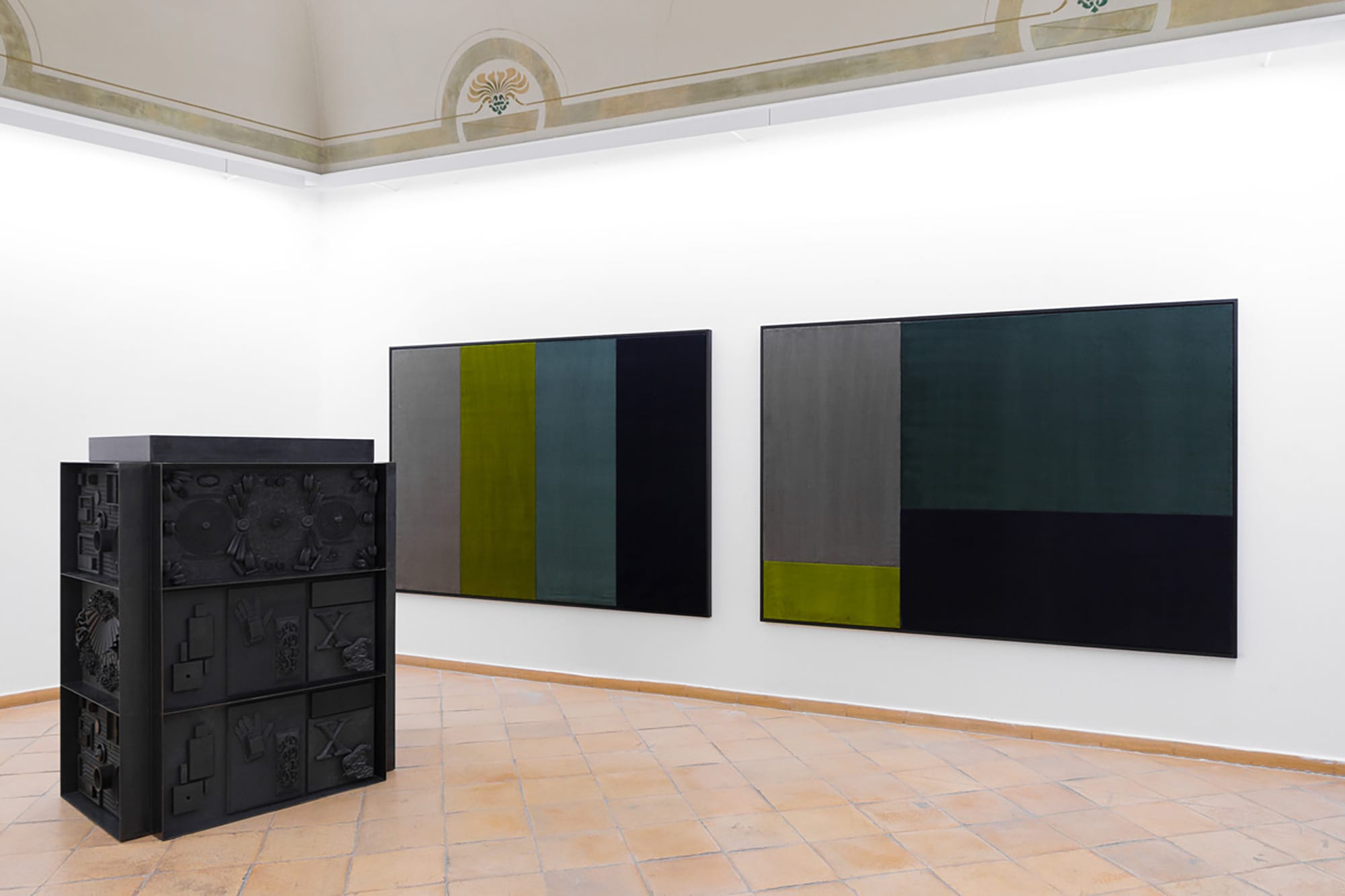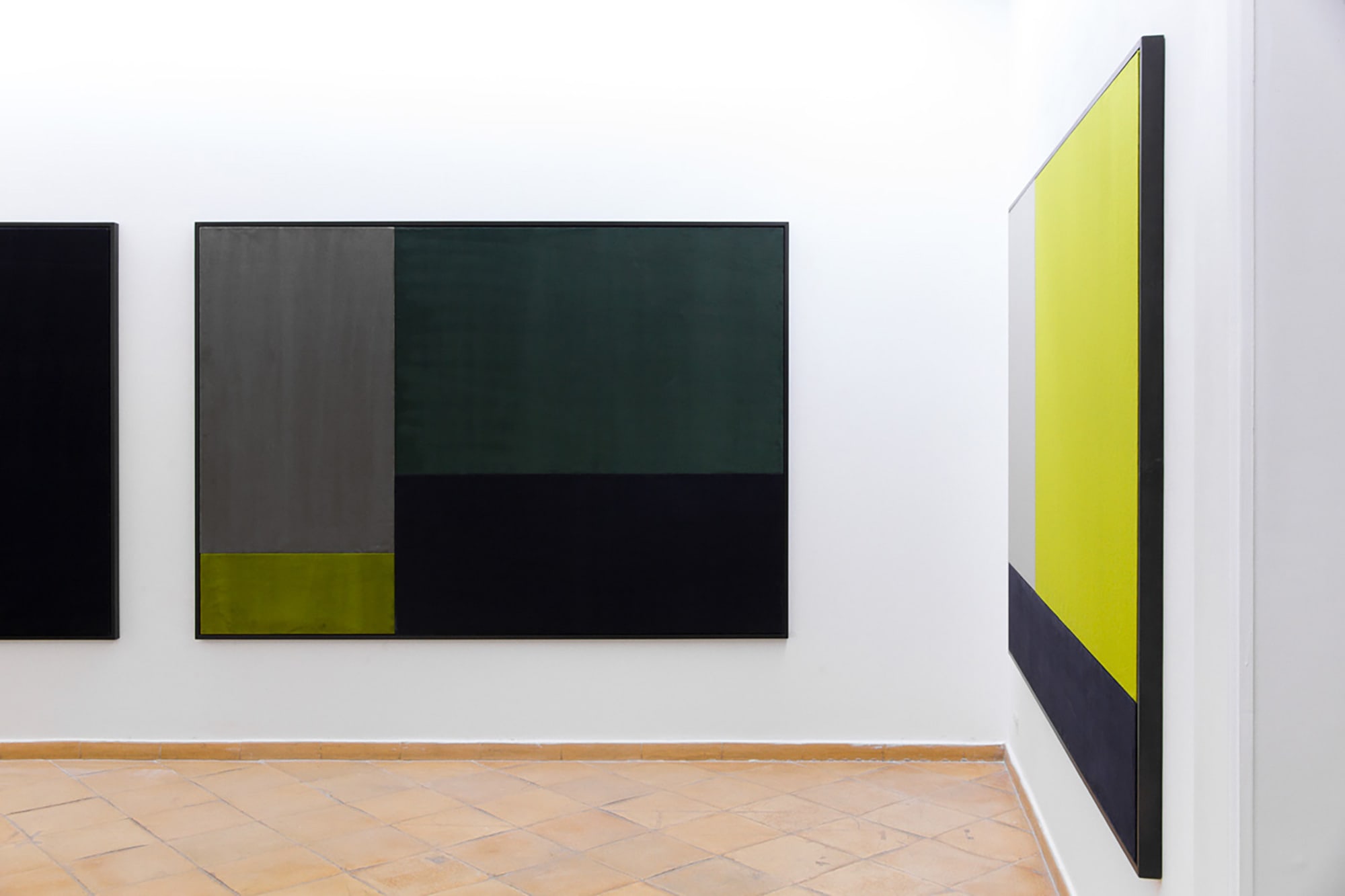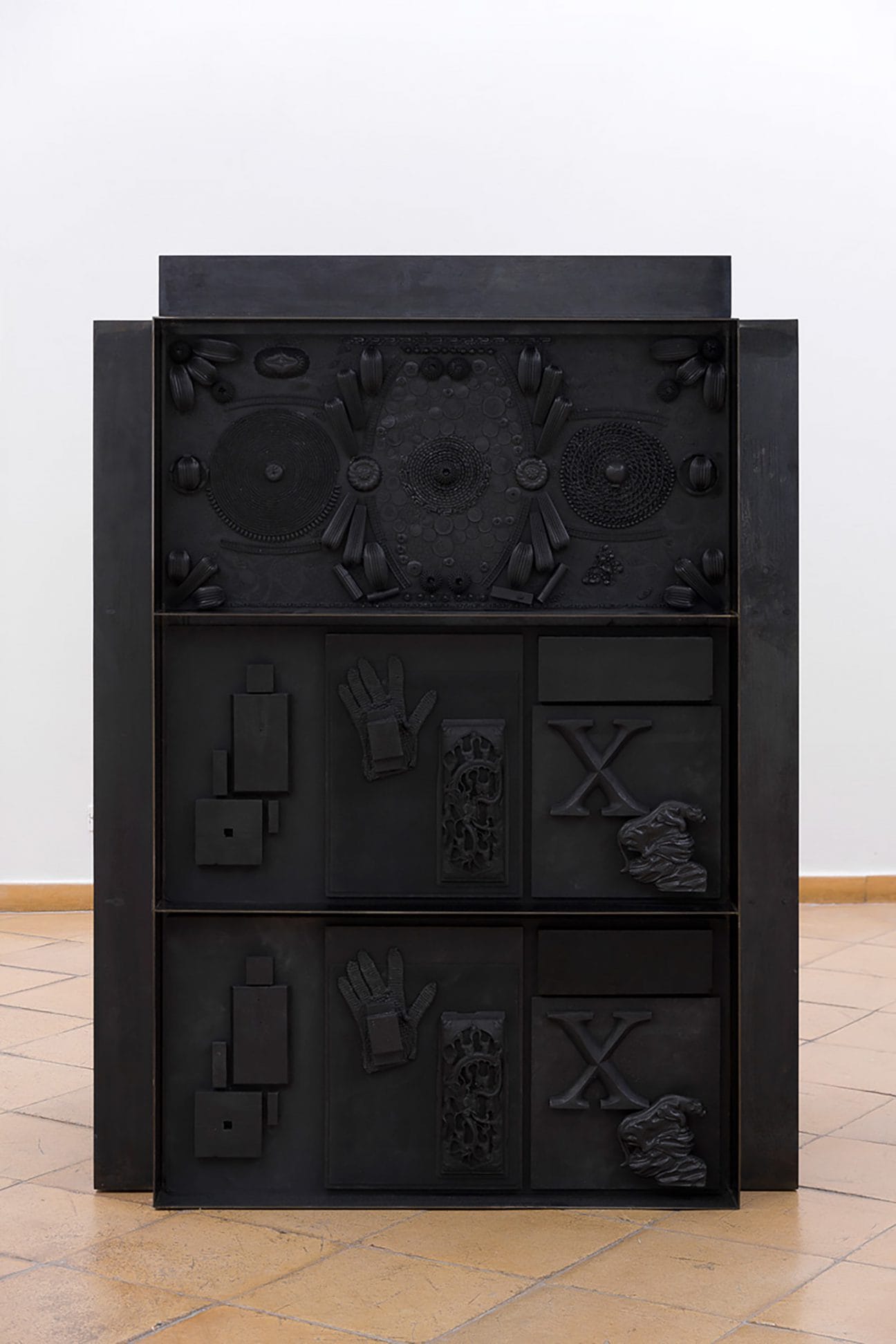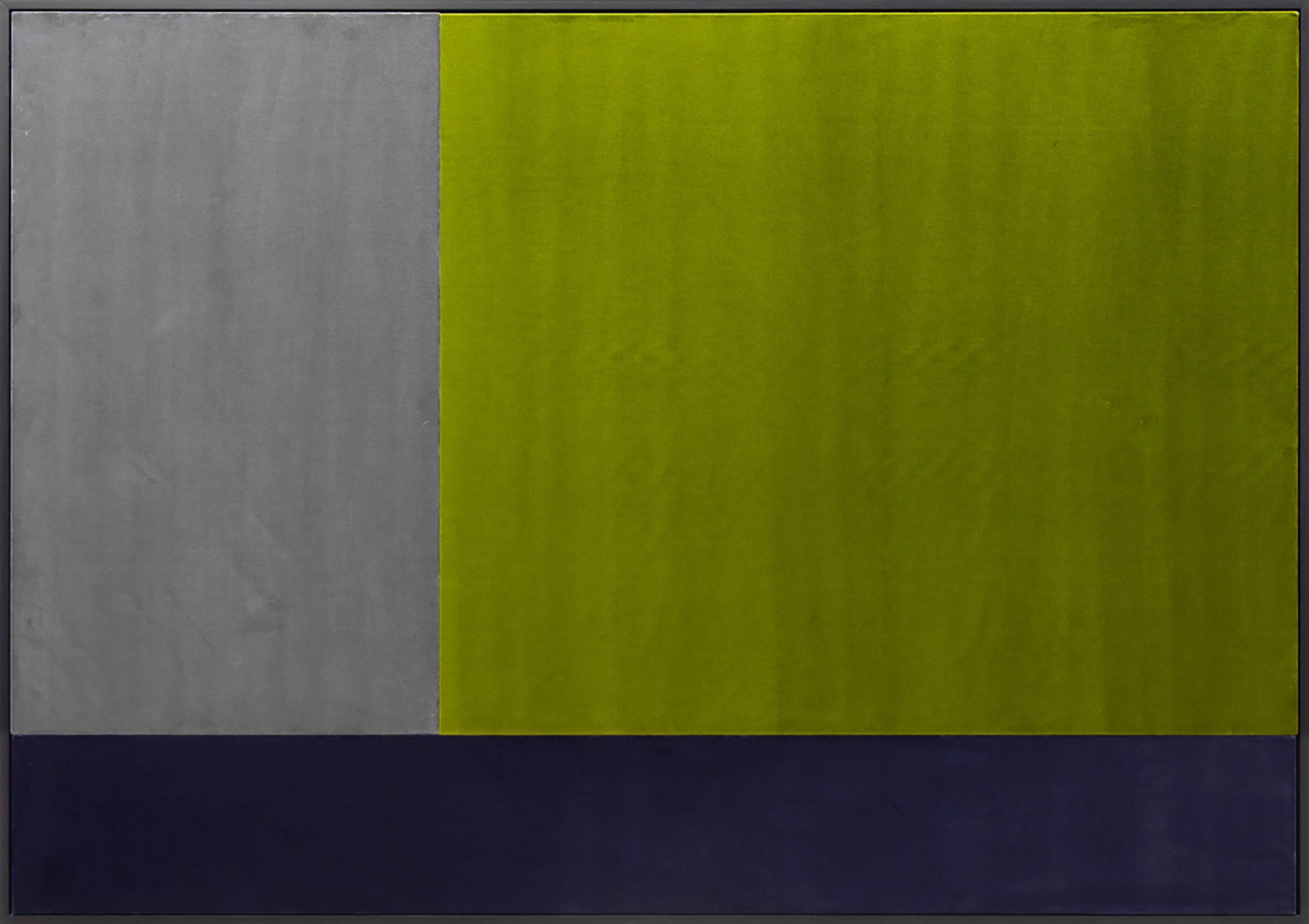 Overview
Overview
 Normal View
Normal View
 2016
2016
- 2009
- 2011
- 2012
- 2013
- 2014
- 2015
- 2016
- 2017
- 2018
- 2019
- 2021
- 2022
- 2023
- 2024
- 2025
- Clear
 Overview
Overview Normal View
Normal View 2016
2016




Galleria Vistamare
Largo dei Frentani 13
65127 Pescara
Italy
On 7th March 2015 the Vistamare gallery will inaugurate an exhibition of work by Giuseppe Uncini (curated by Bruno Corà and the Archivio Uncini) and Isabelle Cornaro, continuing the gallery’s tradition of presenting exhibitions that pair artists of historical importance with young talents who are currently gaining international recognition. As with previous shows in the series, there is a subtle but significant connection between the two artists’ work, manifest both in their common use of the medium of sculpture and in the importance that both Uncini and Cornaro give to areas of shadow, which in some of the works on show becomes the protagonist – the independent subject of the work.
Isabelle Cornaro (born in France in 1974) is a young French artist whose work is informed by her training as an art historian specialized in the art of the sixteenth and seventeenth centuries. Her visual language is powerfully influenced by the forms and compositional structures of the past, paying overt tribute to the Baroque, Classicism and, in her work with film in particular, to the Modernist avant-gardes.
Using a broad range of media (film, sculpture, drawing and painting) the French artist attributes new significance to everyday objects, which she recontextualises so that the viewer’s experience is one of aesthetic disorientation. Many of her sculptures reflect a classical taste in compositional structure via a careful use of perspective and, above, the play of light and shadow which is fundamental to any reading of these works. Her decontextualised use of everyday utensils alters their original identity, generating a form of discrepancy between their aesthetic and cultural significance and putting into question their social function in a way that suggests a novel reflection on the relationship between space and object. From the large wooden sculptures encrusted with objects, like God Box no.2 (2013) and pieces from the Orgon Door series (2014), to the films and her large velvet panels, the works on show illustrate Cornaro’s extraordinary technical versatility and the originality of her creative and stylistic journey to date.